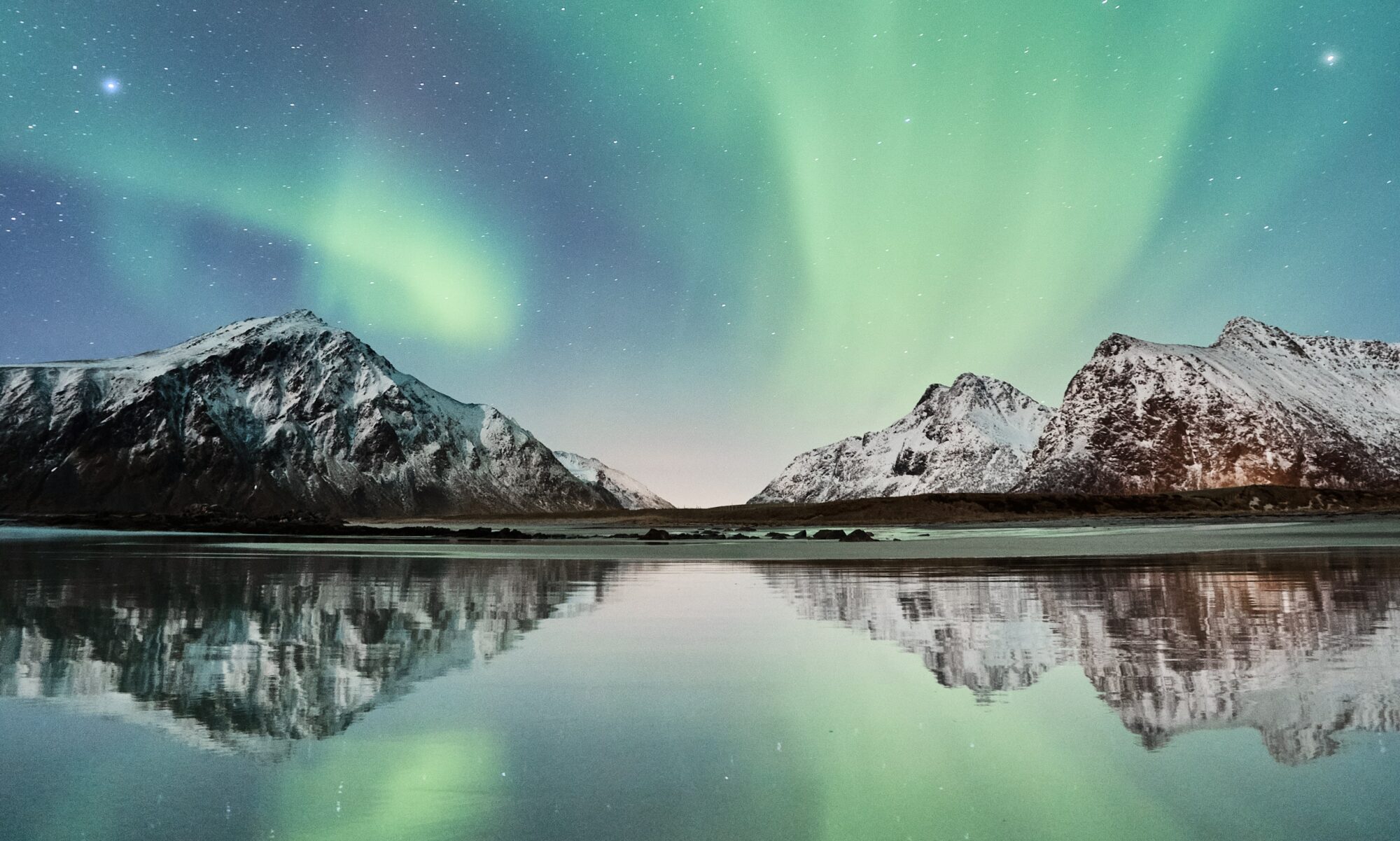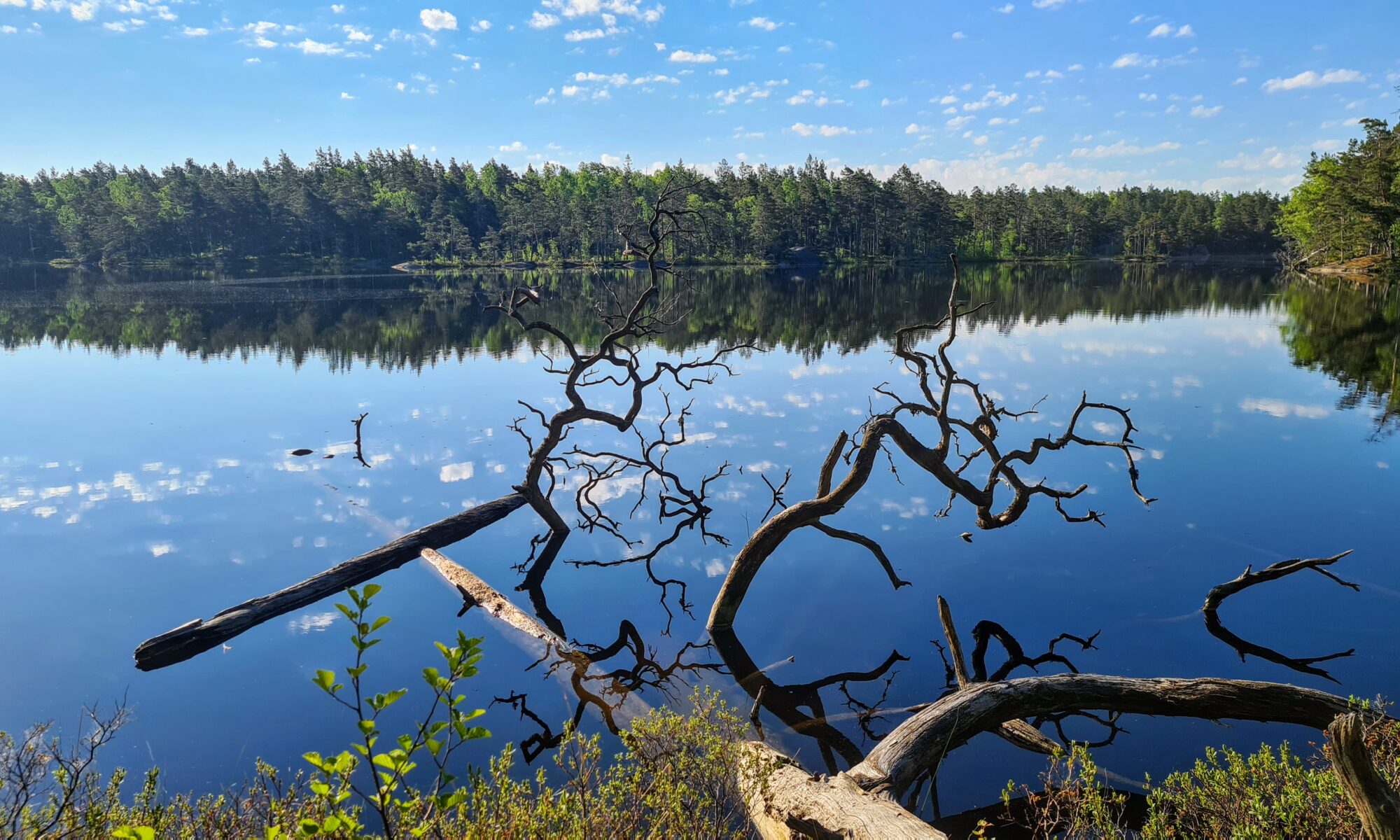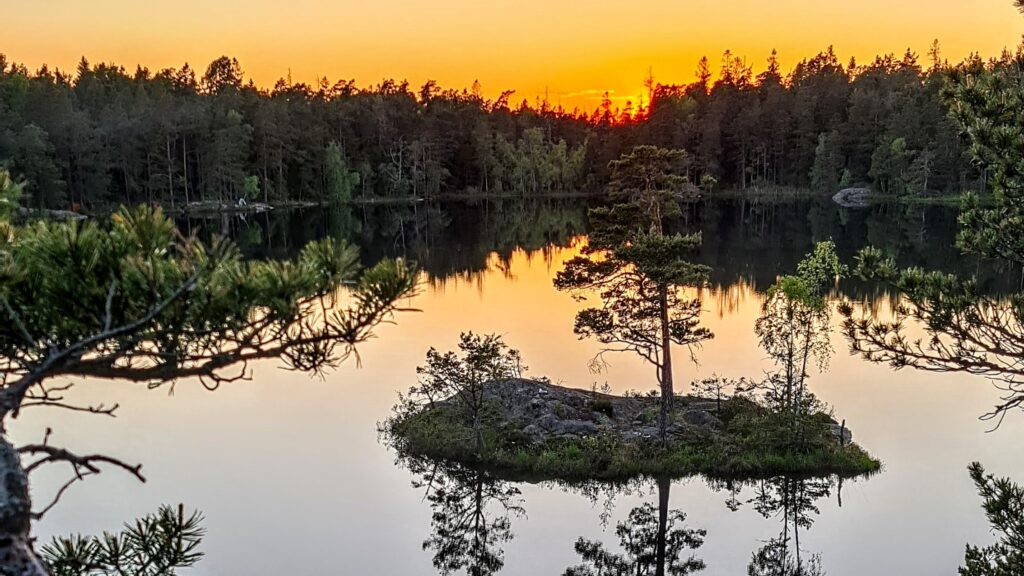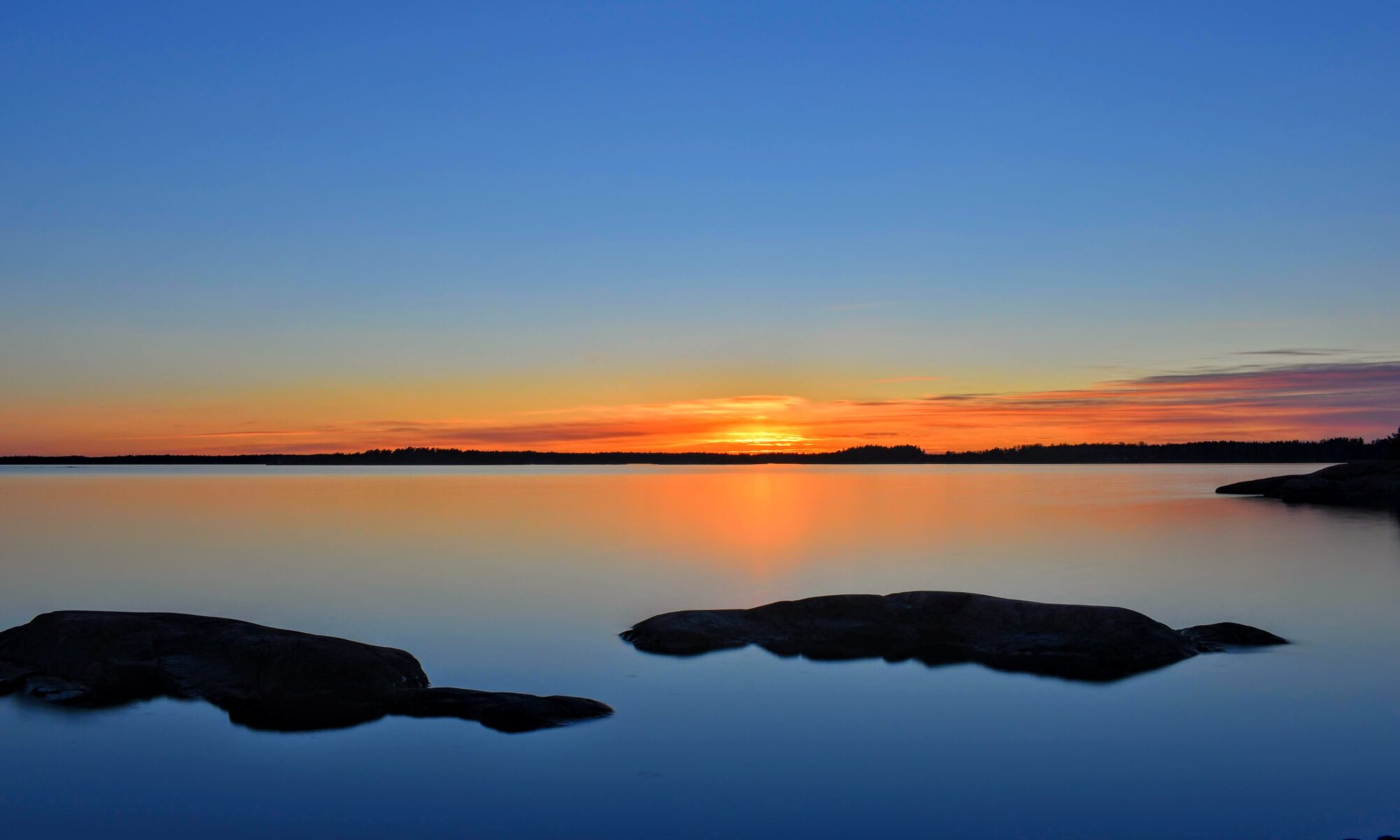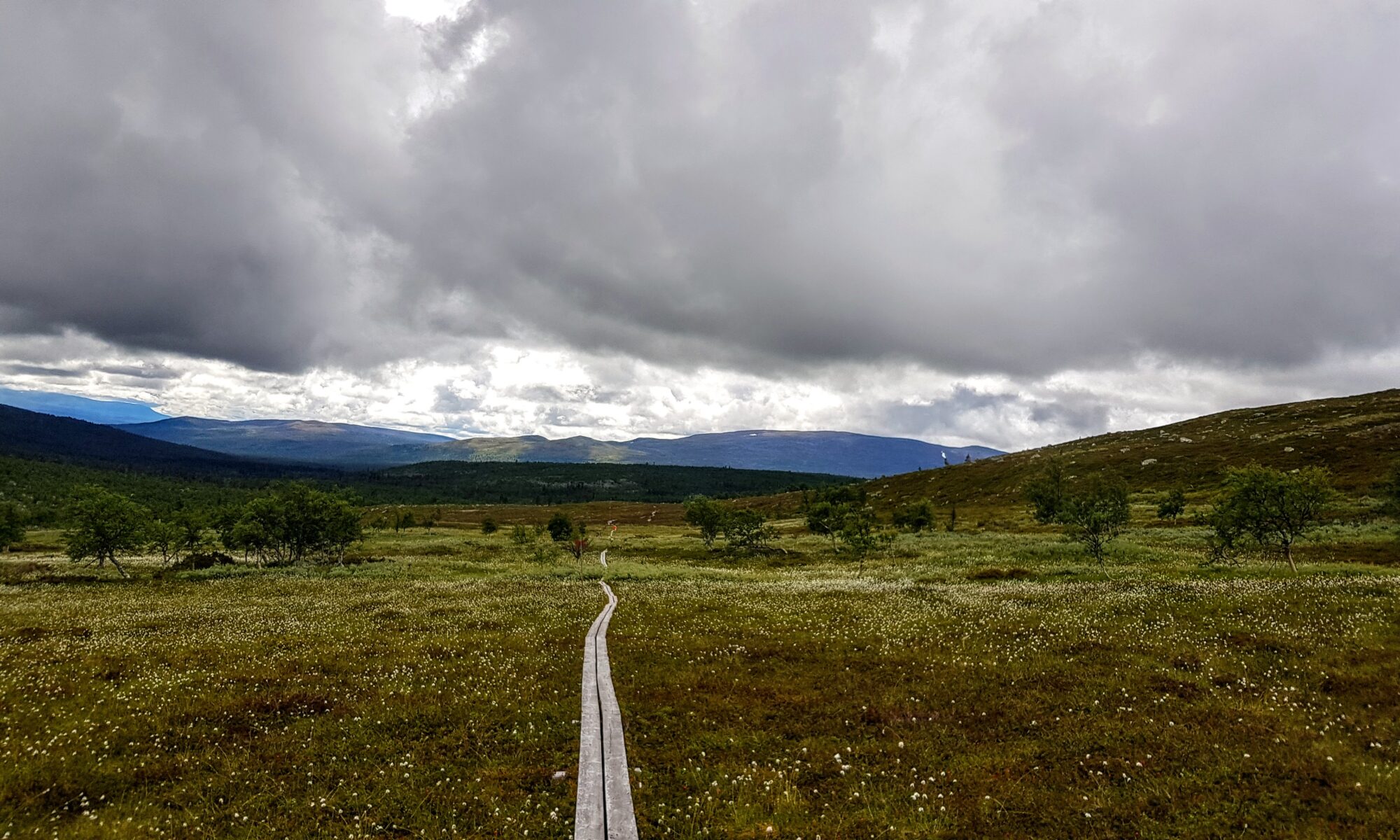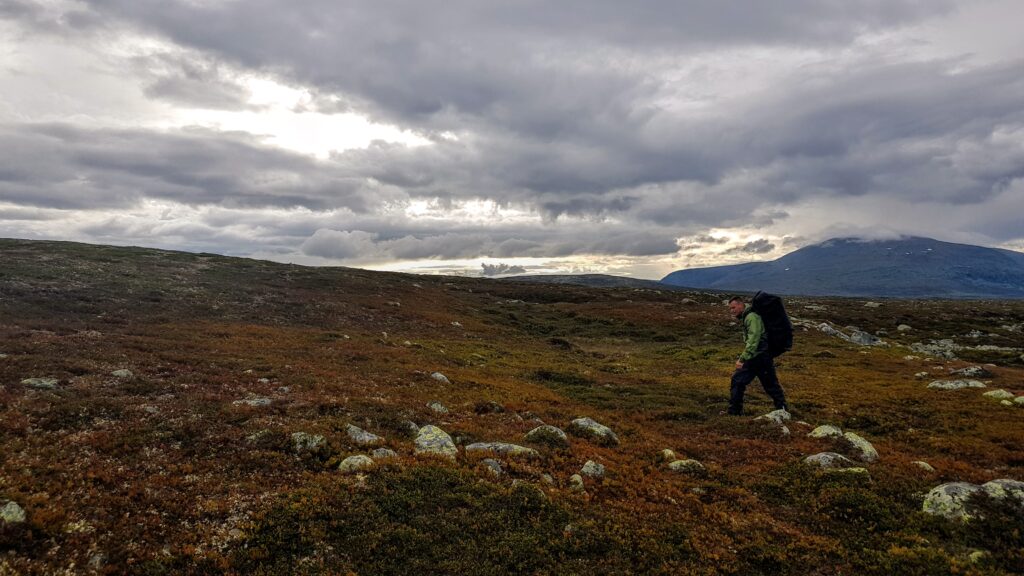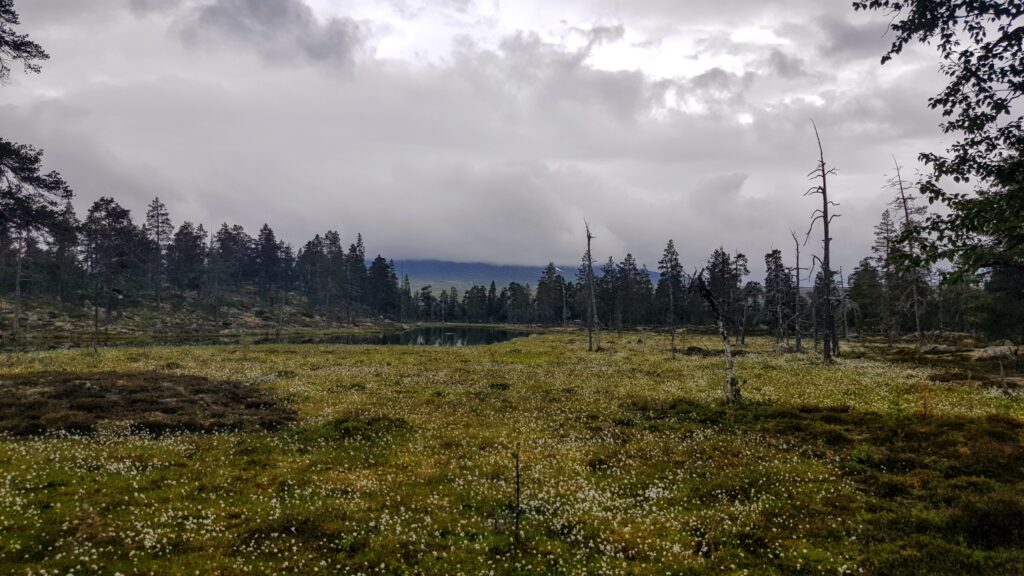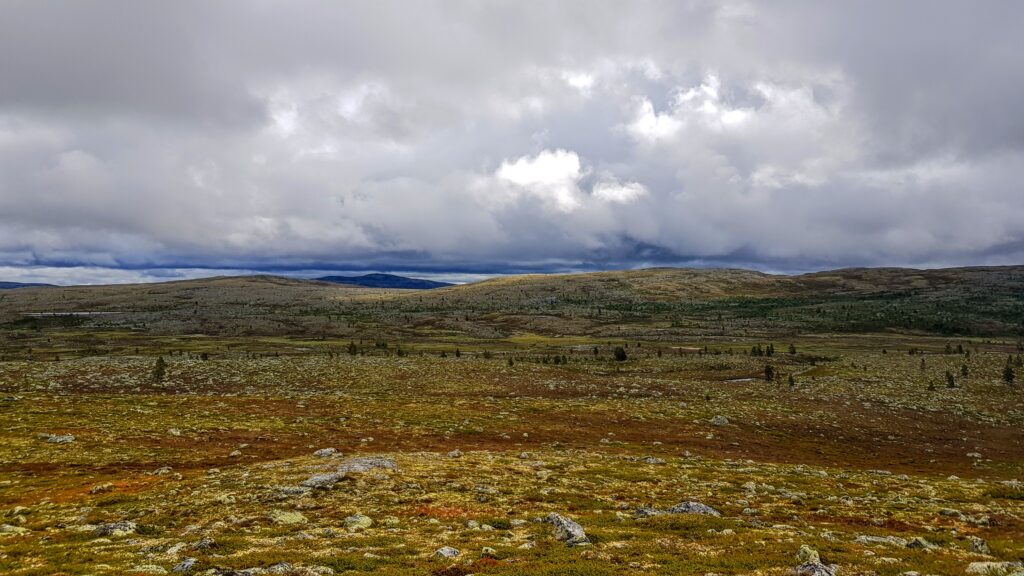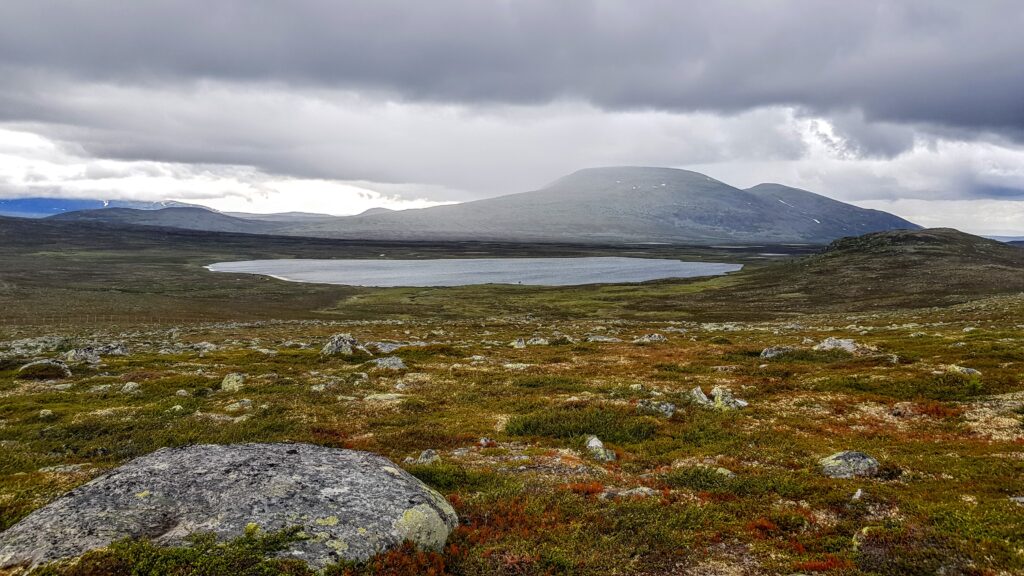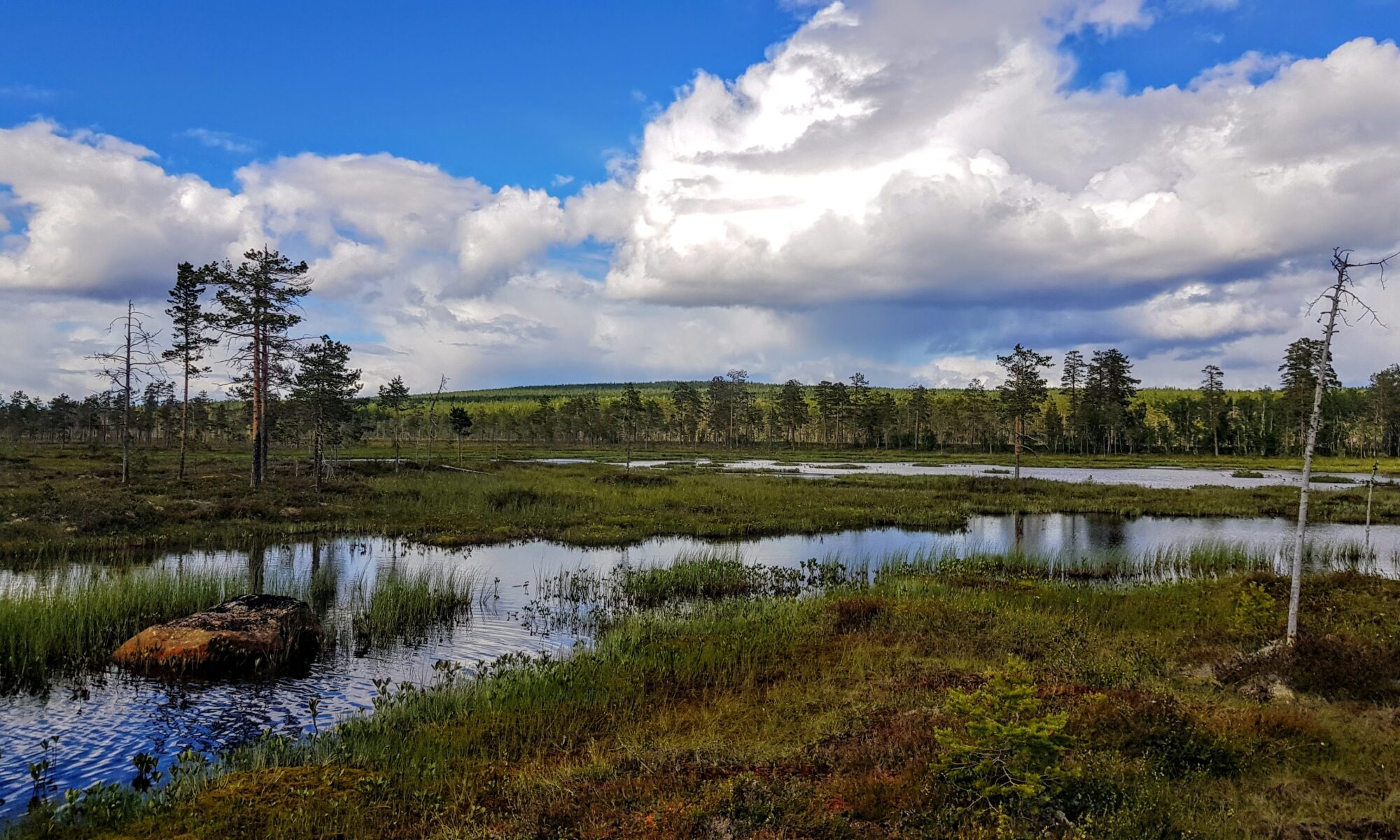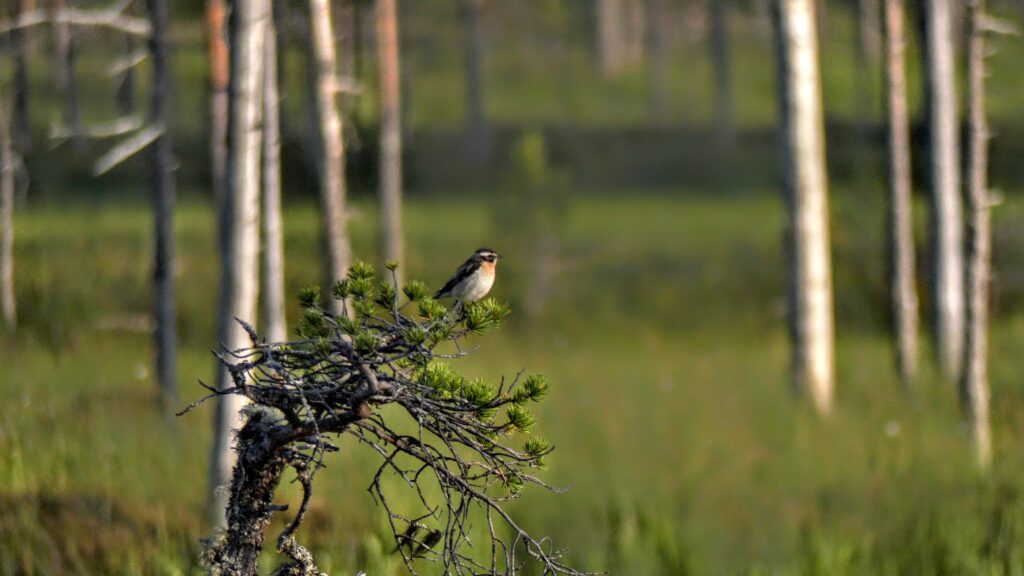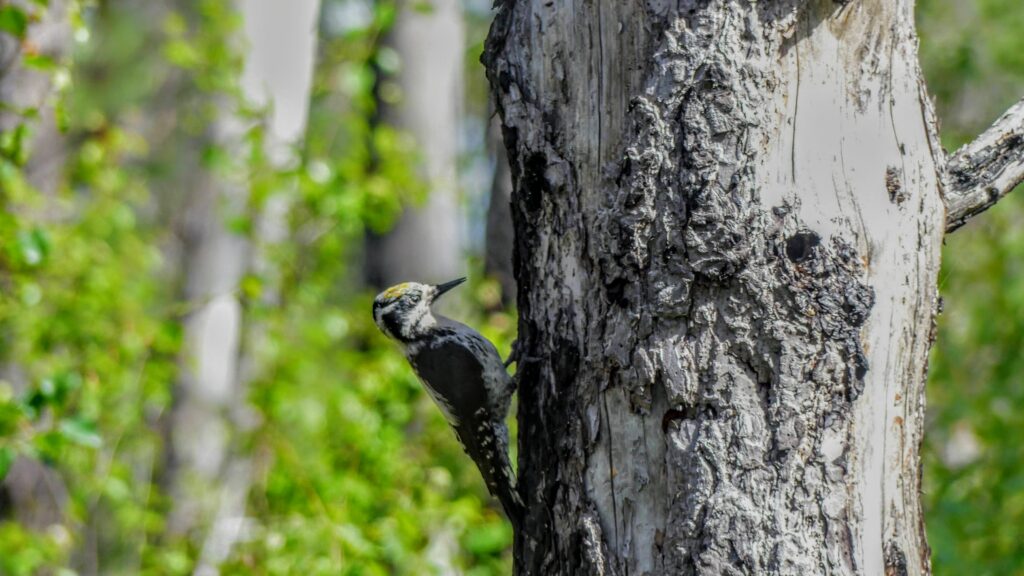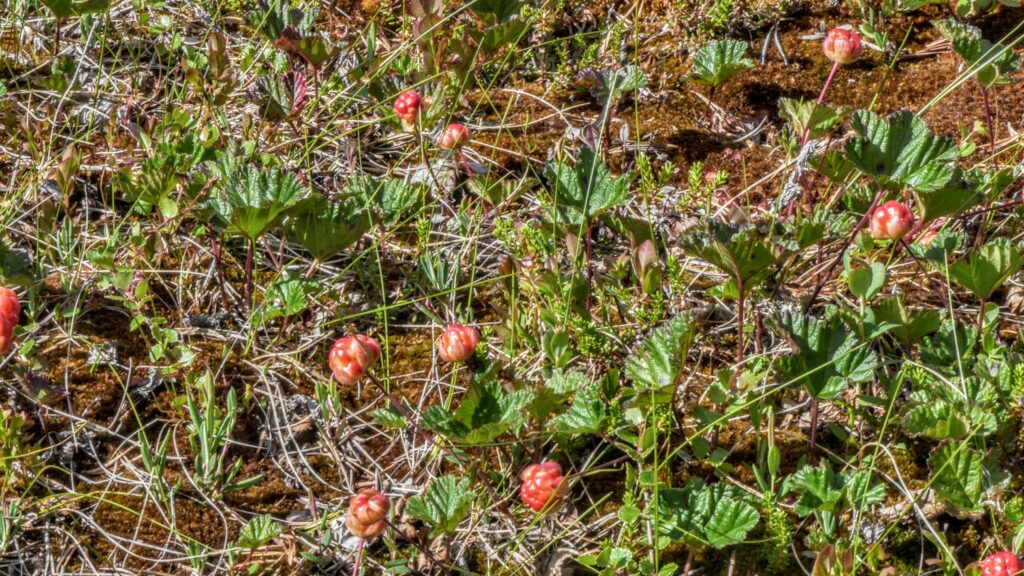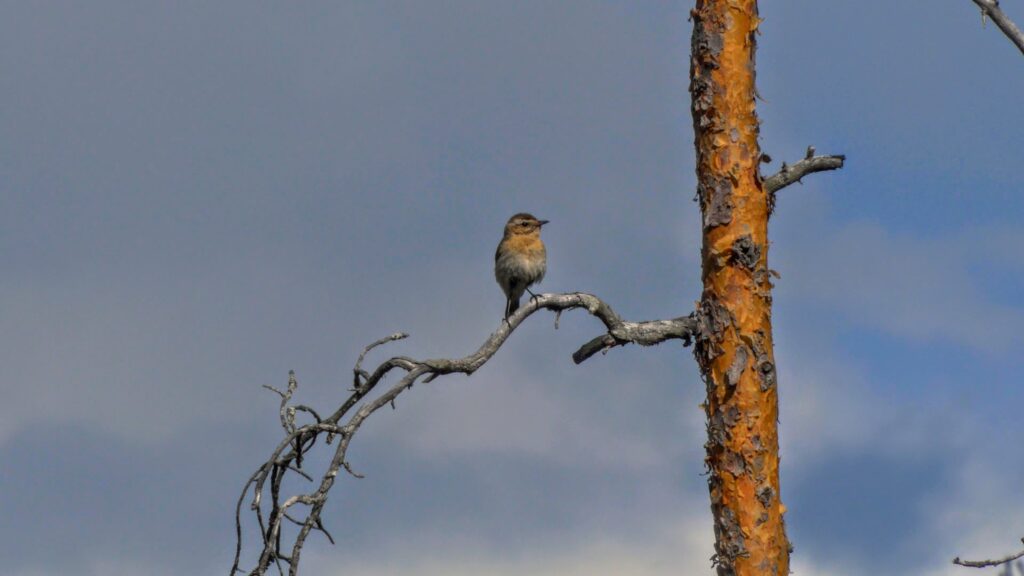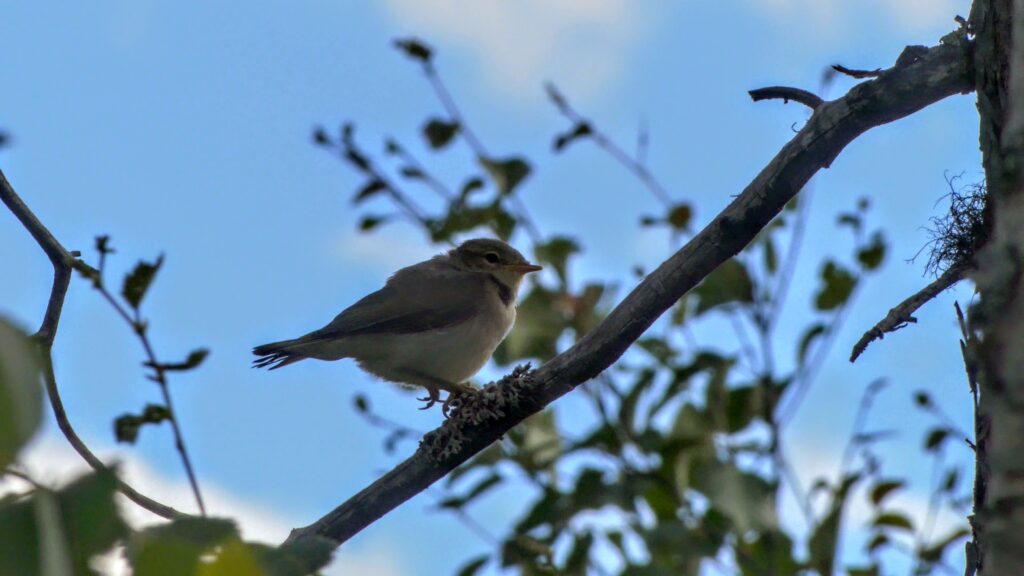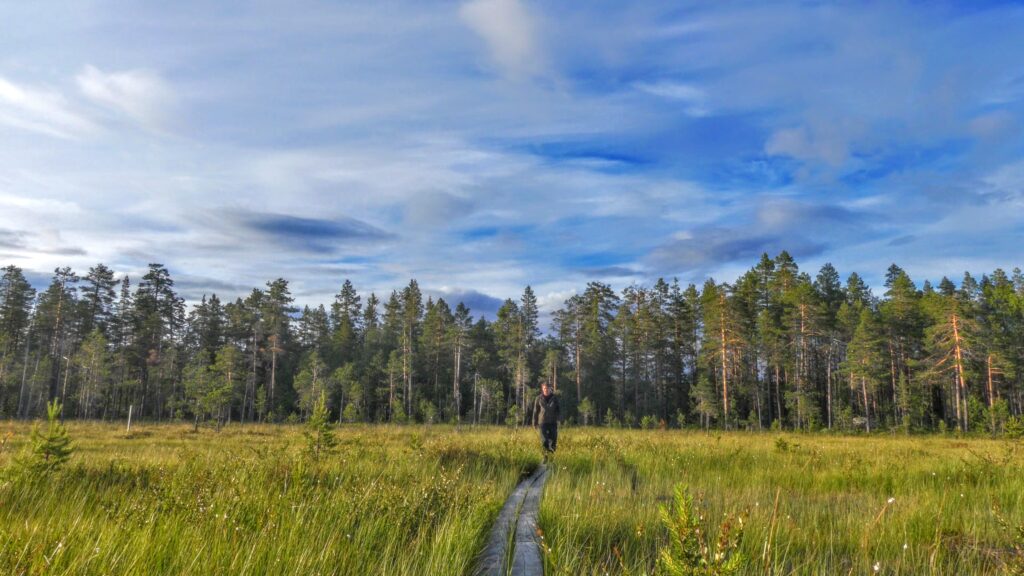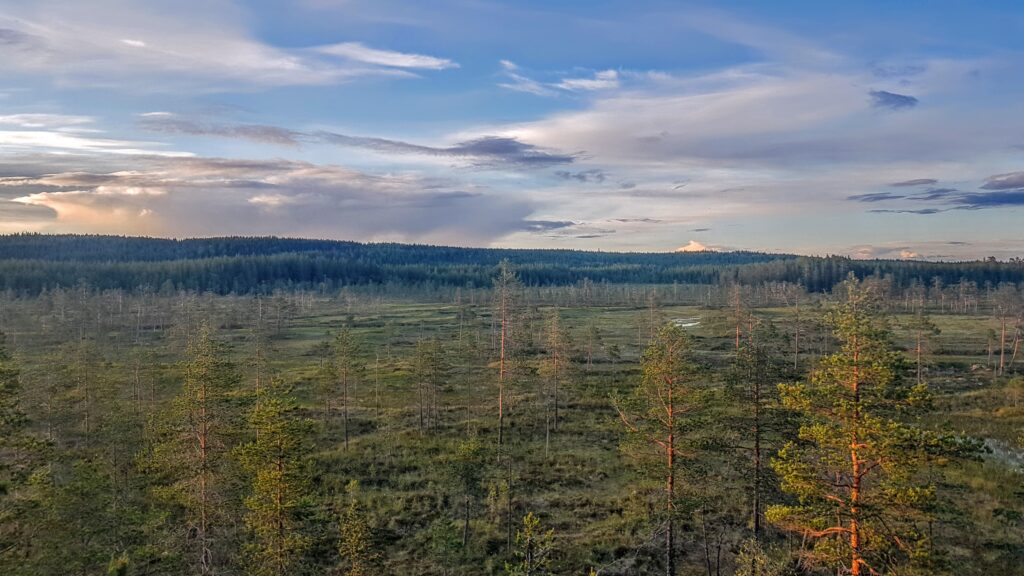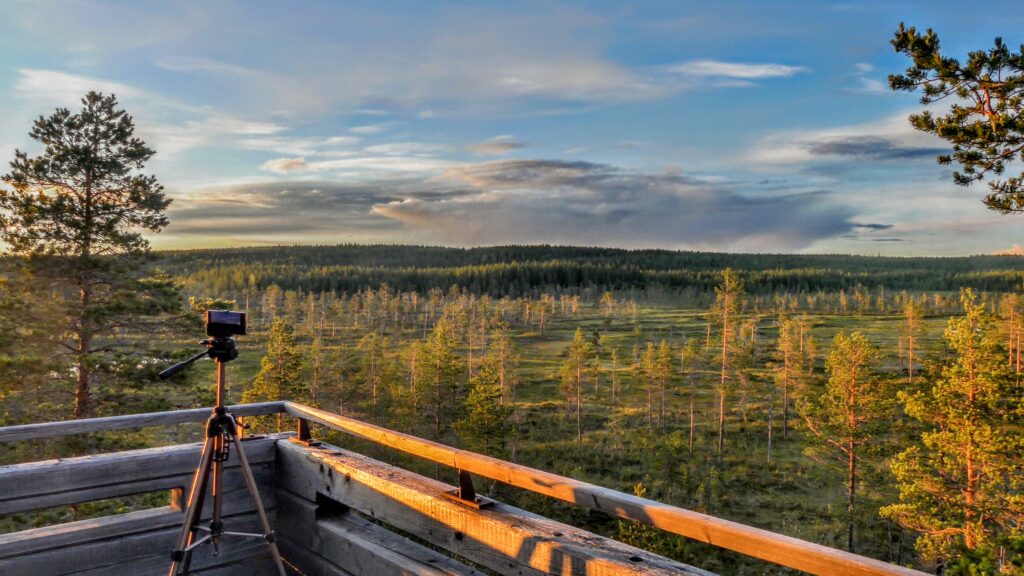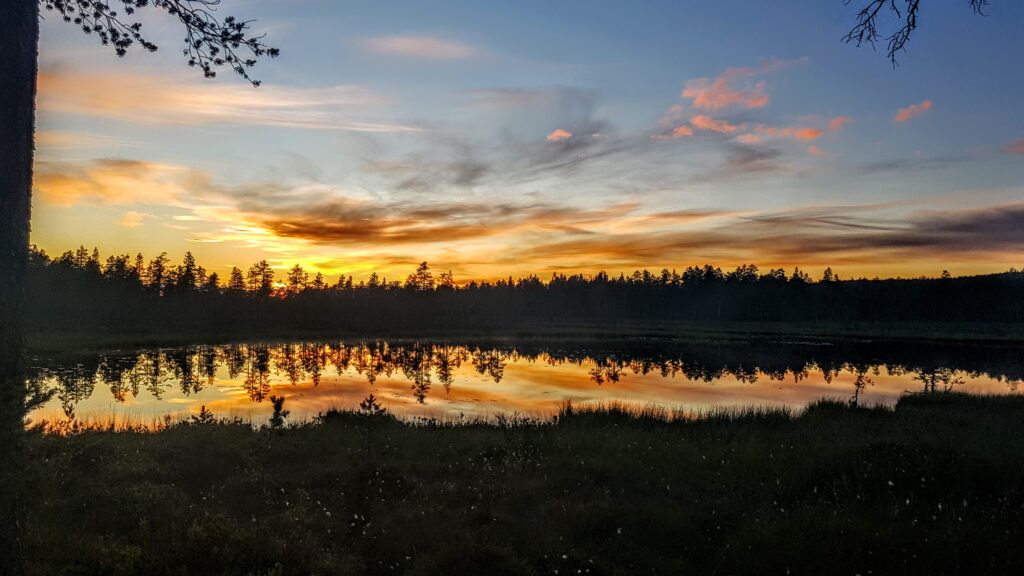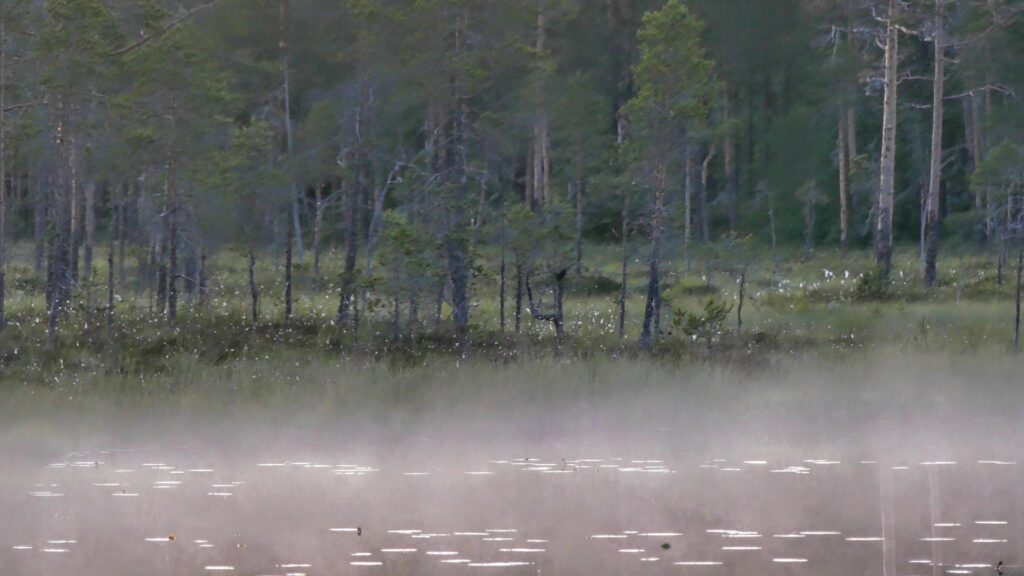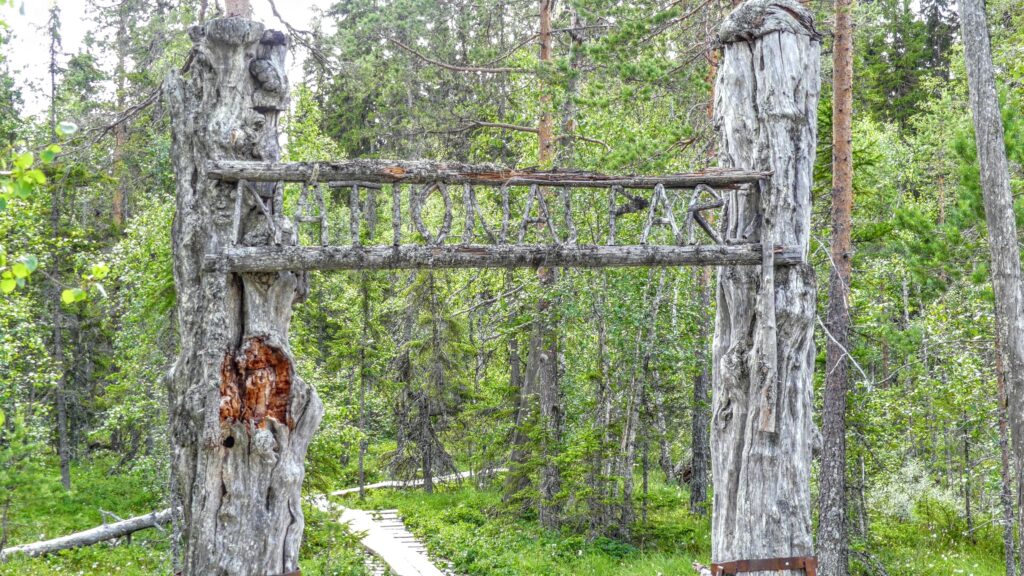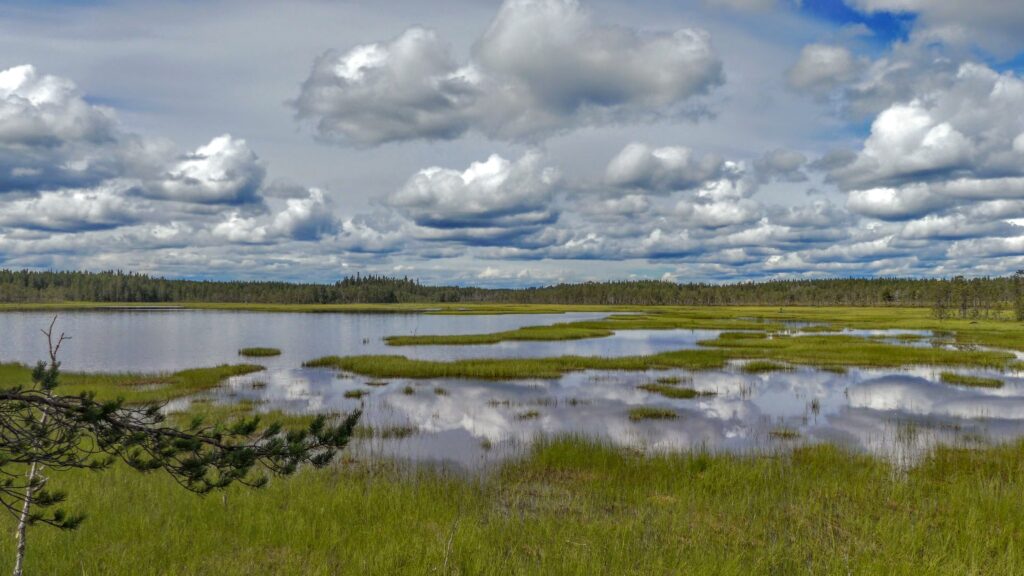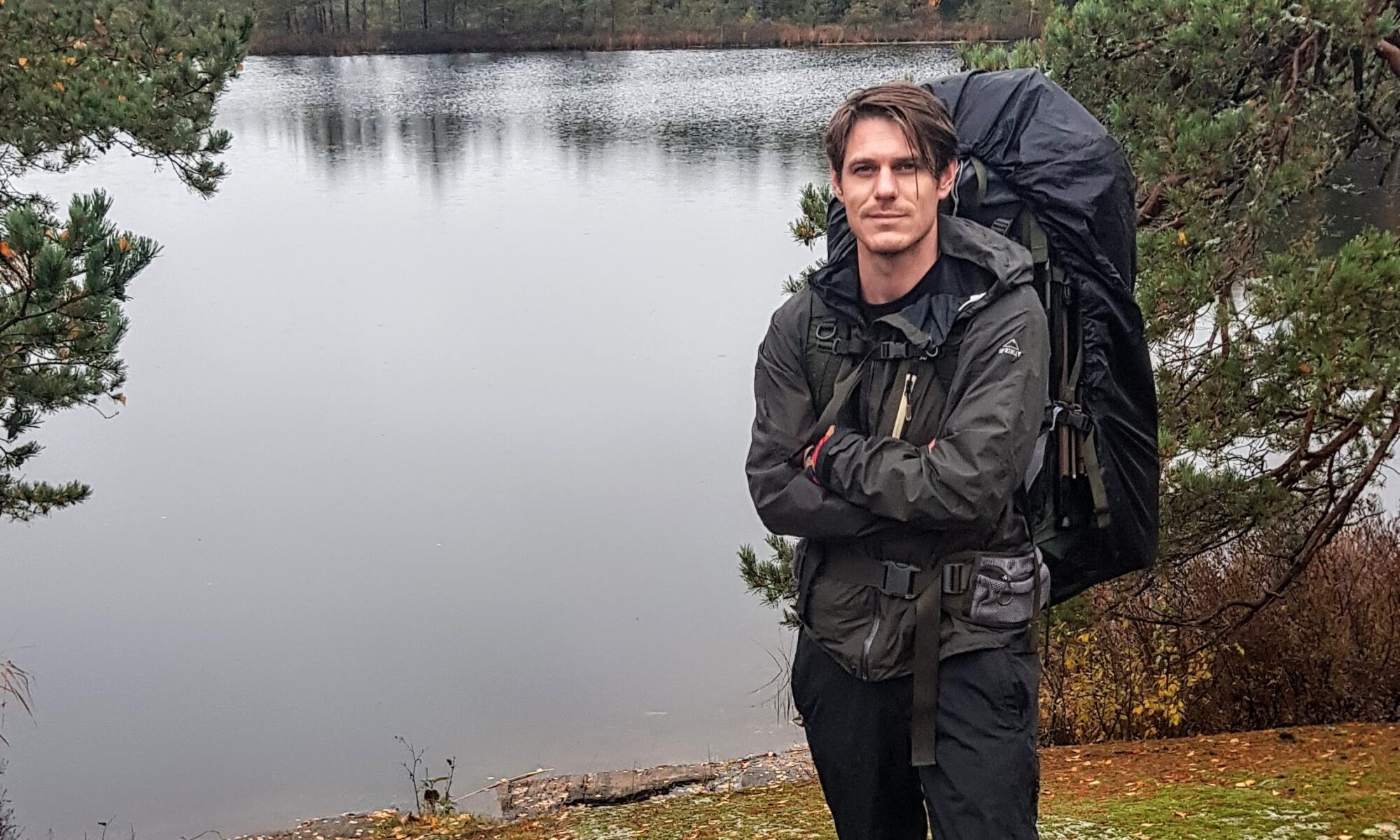Approximately where Dalarna meets Härjedalen and the Swedish mountain range starts you find Töfsingdalen National Park. A national park that few have heard of and even fewer have visited. The national park is desolate and it is difficult to get here. No roads go here and the hiking trails in the area take you to the national park border but no further than that, because in Töfsingdalen there are no hiking trails. If you enter the national park, you leave civilization behind and encounter a raw and unforgiving wilderness.
Watch the video for more info about Töfsingdalen
The idea of making a film about Töfsingdalen was born the year before the film was shot. We then hiked through the national park during a 3 day hike starting in Grövelsjön. Töfsingdalen was then only a small part of the hike as a whole and despite the fact that we were prepared for the terrain to be difficult to access, the reality was worse than we had expected. When the rugged block terrain strikes, the hiking speed sometimes goes down to almost non-existent. Each step requires full concentration so as not to fall or slip. It was raining but not enough to keep away the mosquitoes that were in abundance. Crossing the park turned out to be more strenuous than we had imagined. Once we got through Töfsingdalen we were relieved that it was over and had no interest in returning.
Hike from Grövelsjön that pass through Töfsingdalen
Once we had come home and the months passed, the memories from Töfsingdalen were marinated in our heads. What kind of national park was Töfsingdalen that left lasting, but mostly negative, memories. Now the thoughts began to grow that Töfsingdalen was worth a second chance and that Töfsingdalen probably has more to offer than difficult terrain and mosquitoes. Plans for a return trip to Töfsingdalen were started.
About a year later, this time in September, we went to Töfsingdalen again. This time the plan was to just indulge in and experience the national park. Again this time we started from Grövelsjön and started the approximately 13 km long hike to the national park. The first mishap happened when we started approaching the park and leaving the bare mountain behind us. Mosquitoes began to appear. This was not something we had expected in September and we had left mosquito repellent at home. With lowered morale we continued the hike and luckily it would turn out that mosquitoes would not be a problem. There were a few mosquitoes that welcomed us but after that there was hardly a mosquito in sight.

The initial plan was to camp in the national park. There seems to be a perception that it is not allowed to camp within the national park boundary, but this is not true. There are quite large protected areas that you are not allowed to camp in, but as long as you do not pitch the tent there, it is ok according to the regulations. Complete regulations for Töfsingdalen National Park can be read on the County Administrative Board in Dalarna’s website (Länsstyreslsen i Dalarna).
In the end, we did not camp in the park anyway. There are good and nice shelters just south of the national park border where we camped instead and made day trips into the national park.

The second day we followed Storån which goes furthest along the national park border. This is a famous fishing water and we saw several large trout swimming in the river but did not manage to get the shy fish on film. After crossing the big river, we continued up to Hovden, Töfsingdalen’s highest point. Here you get an overview of the entire national park. Then we started working our way down to Töfsingån. The terrain we went through during the day was still decent, measured by Töfsingdalen standards, but that was what you managed to do in one day.
Next day the weather was significantly worse. It rained heavily for a large part of the day which made it difficult to film. We did not have time to explore the western and northern part of the national park as we had wanted and a fairly large part of the park had to be undocumented. The next day we had to return to Grövelsjön because we would also have time to visit Fulufjället and film there. A certain feeling of failure appeared when we walked back. Töfsingdalen is difficult to film and it did not feel like we had received good enough video to make a good film.
Once the tour was over and we were back home and started cutting the sequences and processing the memories from Töfsingdalen, a film began to emerge. Once the complete film was finished, the feeling of failure was gone. You can always wish that certain things could have been different, but think the film does a good job of conveying Töfsingdalen.
Hope you who watch appreciate the film. And if you do, please subscribe to the Youtube channel and feel free to comment, it is warmly appreciated and helps in future productions.
